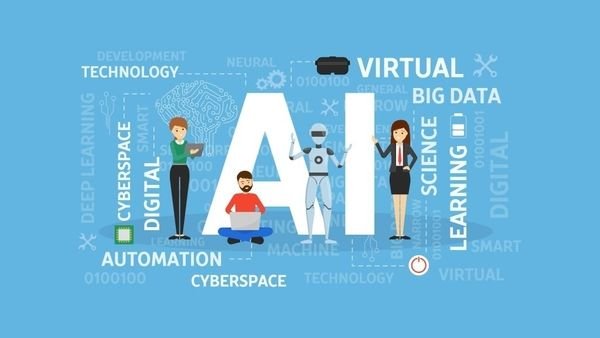Since our childhood, we have been taught to arrange the raw data to get significant information from it, because raw data itself is meaningless as there is no interpretation behind it. Machine learning (specifically AI) helps to gain the required insights from Big Data to make it purposeful.
At very advanced level AI revolves around a brain(artificial) which analyses the data and makes decisions.
The artificial intelligence is much more required in the field of Data analytics because the traditional analytics are failing miserably to operate the large volume of data that is being created. The fact that more data leads to more purposeful insights results in the intervention of AI in Data analytics.
Both AI and Big data go hand in hand. AI helps in playing around with a lot more data and excessive data helps to train the AI in a better way. In other words, as there is no existence of business without customers, the similar way the power of computers is not very useful in the absence of Big data.
Most of us think that AI is increasingly reducing human intervention in decision making, leading to loss of jobs. Actually, the machine can make decisions based only on the facts, whereas humans use their emotional psyche to make decisions.
The integration of AI and Big data is leading to the more purposeful use of the emotional intelligence of humans in coherence with the facts and figures to make better decisions. This coherence along with proper Big Data analytics training helps businesses to identify the interest of customers in minimal time.
Globalization of business: The availability of a wide range of AI tools in the market leads to its adoption by many companies. The integration of Big Data and AI is helping companies to market the same product in different regions of the world by keeping the track of consumer behavior using AI. This helps in smoother functioning of business in culturally diverse regions without harming the sentiments of the consumers.
Change is always consistent
With the changing needs of customers AI should always improve. To bring in the massive changes in AI catering the future needs one must focus on the AI technologies used with Big Data. Some of the AI technologies used in Big data are:
Disorder recognition is a tool helps in fault detection, sensor network, system health with big data technology.
Bayes' theory is used to determine the probability (Conditional) of occurrence of an event based on the events which have already been occurred. This theory is best used to recognize the pattern of customer’s interaction with the company results in business providing optimized choices, leading to customer satisfaction.
Pattern Recognition is a technique of machine learning in which AI is trained by giving it certain amount of data, followed by correcting its mistakes manually, which makes AI to recognize the pattern. For example, if I want to train my AI to read my handwriting and convert it into typed text, I will first train my AI using my handwritten notes and then correct its mistakes. This way after few attempts, AI would be able to understand my handwritten notes well.
Graph theory: Through the study of graphs and node relationships, the data can be mapped to the linearity. This model is useful and can help big data analysts to recognize patterns.
To summarize with, both Big Data and AI are two most emerging technologies and go hand in hand. One could utilize AI to decide on how to proceed with big data analysis instead of depending on people. Conversely, Big Data could be used by AI in its self-learning and/or decision making.








